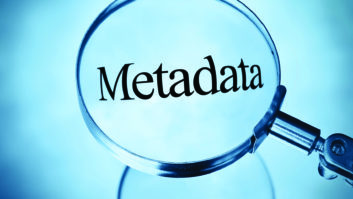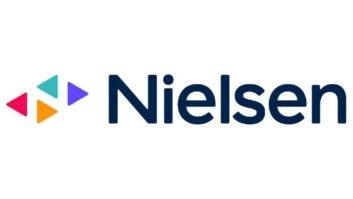
A new publication from the National Radio Systems Committee provides metadata guidelines for streaming audio.
Steve Shultis of New York Public Radio chairs the Data Services and Metadata Subcommittee. He told Radio World that the 116-page “NRSC-G304: Metadata for Streaming Audio Handbook” is the most extensive publication of the DSM subcommittee to date.
“In today’s highly visual world of streaming audio, metadata, its implementation, execution and management is a crucial aspect now within the wheelhouse of today’s broadcast engineer,” he said.
“We went into this project to provide a guideline to help engineers provide the best metadata possible to their streaming products to support the radio industry’s need, in general, to maintain the competitive advantage that radio has inherent in its audio programming in this media landscape.
[Read Radio World’s profile of Steve Shultis, recipient of our Excellence in Engineering Award.]
“This highly talented working group of experts executed not only that goal, but added to the scope along the way to include deep-dives into related technical aspects such as signal flow, control and encoding as well as a rich and exhaustive compendium of terms and definitions that, together as a handbook, will serve the industry well as a useful reference for years to come.”
Consultant David Bialik, chair of the Metadata and Streaming Working Group, added: “Metadata isn’t only ‘now-playing’ information.”
[Read articles by Radio World contributor David Bialik.]
The drafting group consisted of Bialik, Jeff Detweiler, John Kean, Frank Klekner, Scott Norcross, Greg Ogonowski, Robert Orban and Shultis. Also contributing were Donna Detweiler, John Passmore, Dean Mitchell, Sam Sousa and Conrad Trautmann. Ogonowski and Orban developed the major portion of the text.
The group pointed out in the handbook’s introduction that thanks to ubiquitous mobile broadband and smartphones, consumers can access a cornucopia of audio programming.
“Many radio broadcasters provide audio streaming versions of over-the-air radio station content and pure-play streams. Text and image metadata have become an important part of a radio station’s OTA and streaming offerings,” they wrote.
The guideline provides best practices for radio broadcasters and netcasters using metadata with audio streams.
“It focuses on the HTTP live streaming (HLS) and Dynamic Adaptive Streaming over HTTP (MPEG-DASH) methods of audio streaming because these are modern, reliable, efficient and standards-based. Correctly implementing these modern segmented streaming formats requires a completely different workflow than previous legacy ICY methods (SHOUTcast and Icecast), but pays off with much higher reliability and richer, on-time metadata. There are many additional benefits … to switching from ICY to HLS or MPEG-DASH streaming.”
The authors wrote that the subcommittee hopes the document will be useful to streamers and broadcasters who want to exploit current technology and that it will be a valuable reference to the terminology, acronyms and jargon associated with streaming.
They added that while much of it will be useful to non-specialists, a knowledge of computer file structures and text encoding is needed to understand some of the examples.
The document is available on the NRSC website.
The NRSC is a joint initiative of the Consumer Technology Association and the National Association of Broadcasters.












